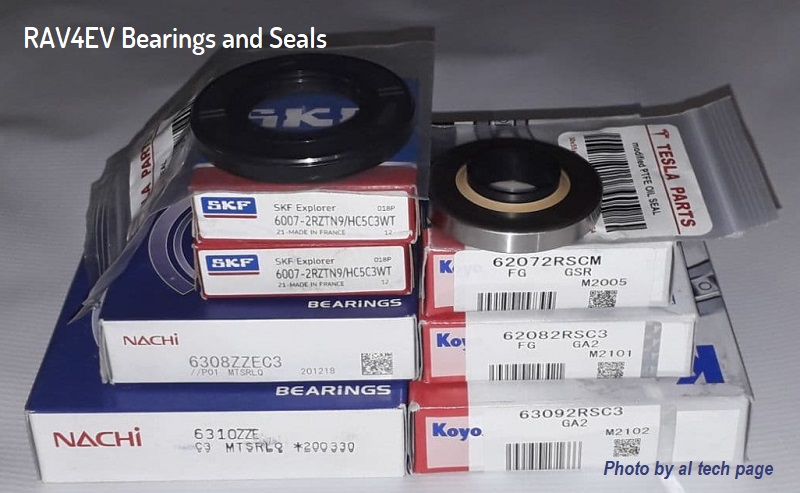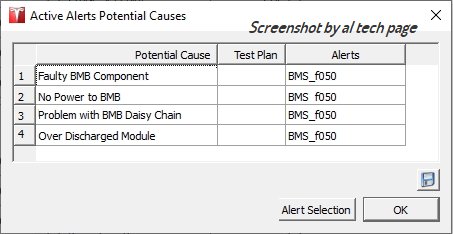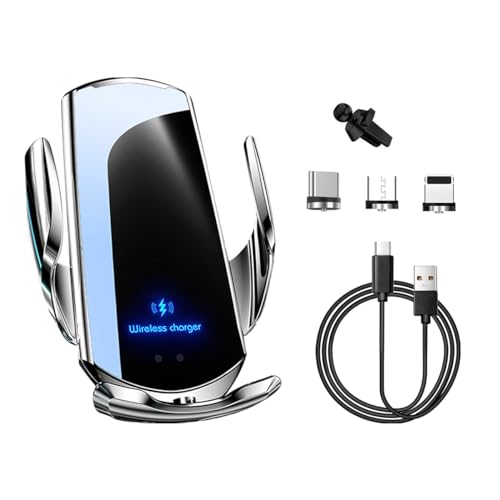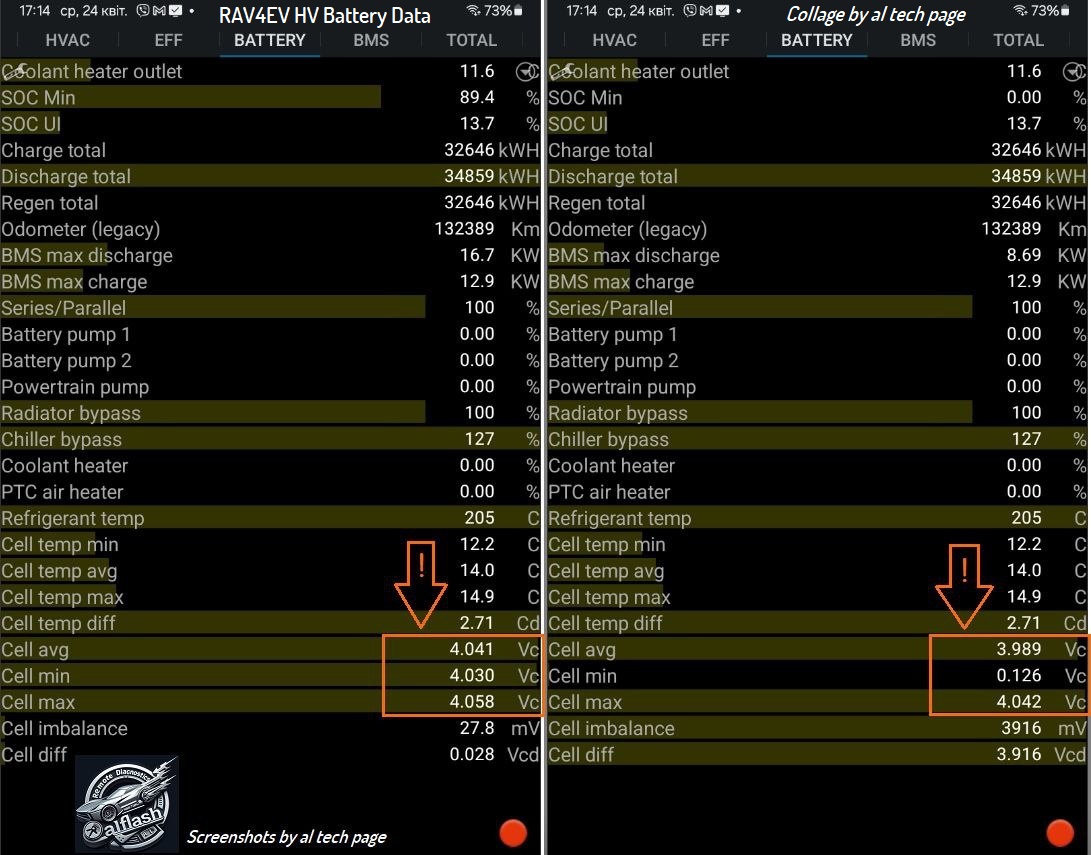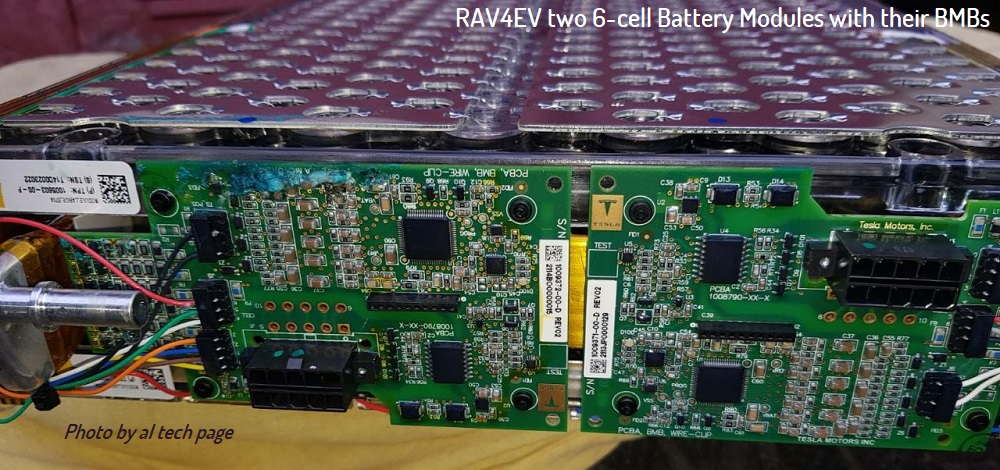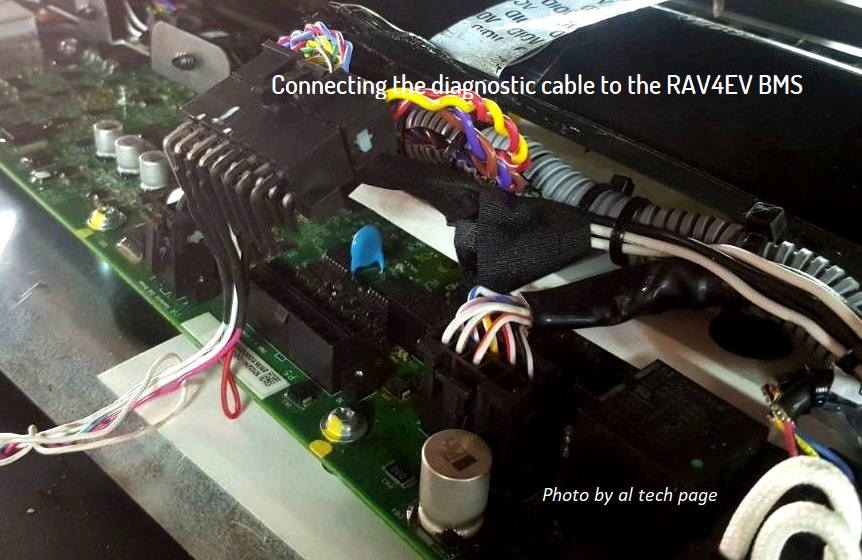KnewRav4
Member
Hi everybody, I purchase this vehicle from a local that buys and sells cars via the auction. His ad stated he could not get the vehicle to charge. He provided me with a house charger and confirmed the vehicle would not charge. I did notice the charging lights in the rear would both illuminate for 10min and then both shut off showing charge was complete (from my research) although on the dash and in the data showed 0% charge. The vehicle does not drive, nor does it go into drive or reverse on the indicator. When attempting to get the vehicle in the ready mode I see "READY" will flash a couple of times and then go out. One thing I noticed when I towed the vehicle home is that the g48 coolant on the driver side was empty. I filled it with a gallon of coolant and still cannot see it in the reservoir. With a little research I inspected the vehicle speed sensor. When I pulled it I saw it was covered with brown rusty fluid, it also smelled damp and old like stagnant water (catastrophic yes)
With all that said Iam more interested in diagnosis the EXACT issue at hand. Despite the motor having coolant/rust inside of if it, if there is something ELSE preventing this vehicle form going into drive and charging. I would like to start there first. i downloaded the tesla software and made myself a cable to read the tesla side of the system. It pulled up a few codes, I took note and erased them. scanned again and kept coming up with BMS_F003 & BMS_f050. These seem a little bit like a generic type of code. looking for a way to diagnose these codes. Any help would be appreciated. Would also like information about how to repair the rotor/stator if need be. Is there any cure for one that has been rusted over? View attachment IMG_0721.jpgView attachment IMG_0723.jpg View attachment IMG_0748.jpg
View attachment IMG_0748.jpg

With all that said Iam more interested in diagnosis the EXACT issue at hand. Despite the motor having coolant/rust inside of if it, if there is something ELSE preventing this vehicle form going into drive and charging. I would like to start there first. i downloaded the tesla software and made myself a cable to read the tesla side of the system. It pulled up a few codes, I took note and erased them. scanned again and kept coming up with BMS_F003 & BMS_f050. These seem a little bit like a generic type of code. looking for a way to diagnose these codes. Any help would be appreciated. Would also like information about how to repair the rotor/stator if need be. Is there any cure for one that has been rusted over? View attachment IMG_0721.jpgView attachment IMG_0723.jpg
 View attachment IMG_0748.jpg
View attachment IMG_0748.jpg








